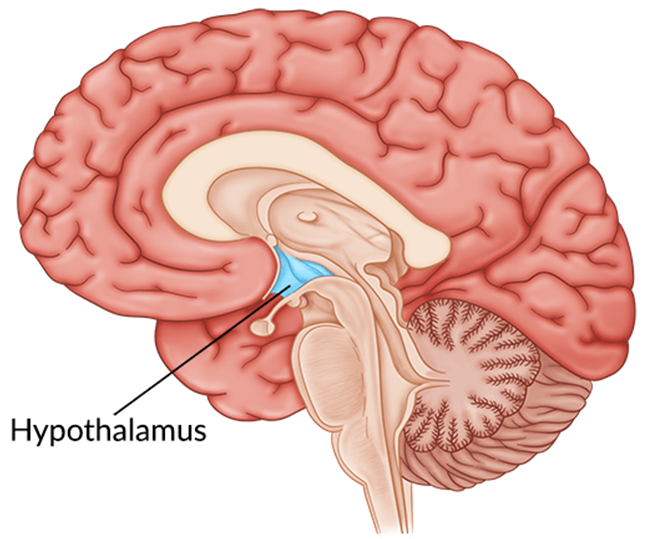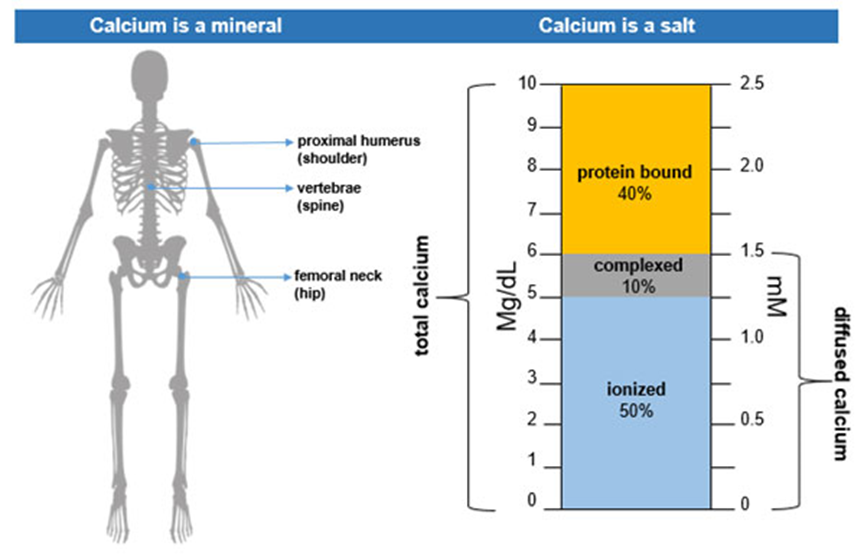A decreased serum pH causes a condition known as:
Acidosis
Equal bicarbonate
Neutral carbonic acid
Alkalosis
The Correct Answer is A
Choice A reason: This is correct because acidosis is a condition where the serum pH is lower than the normal range of 7.35 to 7.45. Acidosis can be caused by an excess of acids or a loss of bases in the body, which can affect the function of various organs and systems.
Choice B reason: This is incorrect because equal bicarbonate is not a condition, but a term that describes the balance between bicarbonate (HCO3-) and carbonic acid (H2CO3) in the blood. Bicarbonate is a base that buffers the acids in the blood and maintains the pH. Equal bicarbonate means that the ratio of bicarbonate to carbonic acid is 20:1, which is the normal value.
Choice C reason: This is incorrect because neutral carbonic acid is not a condition, but a term that describes the pH of carbonic acid (H2CO3) in the blood. Carbonic acid is an acid that forms when carbon dioxide (CO2) dissolves in water. Neutral carbonic acid means that the pH of carbonic acid is 7.0, which is neither acidic nor basic.
Choice D reason: This is incorrect because alkalosis is a condition where the serum pH is higher than the normal range of 7.35 to 7.45. Alkalosis can be caused by a loss of acids or an excess of bases in the body, which can affect the function of various organs and systems.
Nursing Test Bank
Naxlex Comprehensive Predictor Exams
Related Questions
Correct Answer is D
Explanation
Choice A reason: This is incorrect because the adrenal gland is not involved in the thirst mechanism. The adrenal gland is responsible for producing hormones such as cortisol, aldosterone, and adrenaline, which regulate stress response, blood pressure, and metabolism.
Choice B reason: This is incorrect because the cerebral cortex is not involved in the thirst mechanism. The cerebral cortex is the outer layer of the brain that is responsible for higher cognitive functions such as memory, language, and reasoning.
Choice C reason: This is incorrect because the pituitary gland is not directly involved in the thirst mechanism. The pituitary gland is a small gland at the base of the brain that produces hormones that control growth, reproduction, and metabolism. However, the pituitary gland does secrete antidiuretic hormone (ADH), which is regulated by the hypothalamus and affects water balance in the body.
Choice D reason: This is correct because the hypothalamus is the location of the thirst mechanism. The hypothalamus is a part of the brain that regulates many bodily functions such as temperature, appetite, sleep, and emotions. The hypothalamus also monitors the blood osmolarity and triggers the sensation of thirst when the blood is too concentrated.

Correct Answer is C
Explanation
Choice A reason: This is a low value for serum calcium, which indicates hypocalcemia. Hypocalcemia can cause muscle spasms, tetany, seizures, and cardiac arrhythmias.
Choice B reason: This is also a low value for serum calcium, which indicates hypocalcemia. Hypocalcemia can cause muscle spasms, tetany, seizures, and cardiac arrhythmias.
Choice C reason: This is the normal range of serum calcium in adults. Calcium is essential for bone health, muscle contraction, nerve transmission, and blood clotting.
Choice D reason: This is a high value for serum calcium, which indicates hypercalcemia. Hypercalcemia can cause nausea, vomiting, constipation, confusion, lethargy, and kidney stones.

Whether you are a student looking to ace your exams or a practicing nurse seeking to enhance your expertise , our nursing education contents will empower you with the confidence and competence to make a difference in the lives of patients and become a respected leader in the healthcare field.
Visit Naxlex, invest in your future and unlock endless possibilities with our unparalleled nursing education contents today
Report Wrong Answer on the Current Question
Do you disagree with the answer? If yes, what is your expected answer? Explain.
Kindly be descriptive with the issue you are facing.
